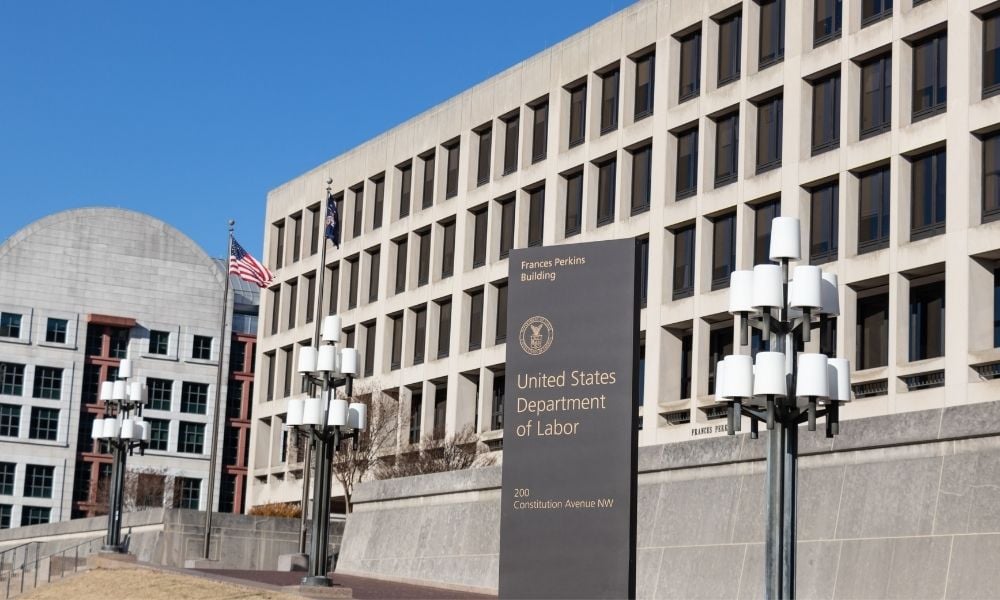"All point to a job market that is even stronger than we had thought"

US payroll employment growth jumped by 467,000 in January, beating economists’ expectations despite the impacts of the Omicron surge and staffing shortages.
The Labor Department reported Friday that the US economy created 467,000 jobs, and the unemployment rate increased slightly to 4% last month. The report also showed that December job figures were revised upward to show 510,000 payrolls instead of the previously reported 199,000.
Given the revisions, experts said the recent pace of the labor market recovery was stronger than previously thought.
Mike Fratantoni, chief economist of the Mortgage Bankers Association, said: “Faster job growth, more labor force participation, higher wage growth, and substantial upward revisions to November and December payroll numbers all point to a job market that is even stronger than we had thought.”
“In particular, job growth over the last three months of 2021 was revised upward to a total of 1.8 million, compared to a previously reported 1.1 million, with offsetting downward revisions earlier in the year, a significantly stronger pace than previously estimated,” Fannie Mae chief economist Doug Duncan added.
Some of the strongest employment gains were in the leisure and hospitality sectors (+151,000 jobs). There were also notable increases in the professional and business services (+86,000), retail trade (+61,400), and transportation and warehousing sectors (+54,000). Total employment in construction showed little change over the month (-8,000) but increased for construction employees involved in residential building (+4,400).
The labor participation rate was up to 62.2% in January – higher than the revised December reading and another positive sign for labor market recovery.
“The increase in the labor force participation rate is positive in that it shows that employment still has room to run and that many people who had left the full-time labor force may well venture back in eventually,” Fratantoni said. “While we still expect that the unemployment rate will fall to 3.5% by the end of 2022, there is the potential for it to drop lower if this pace of hiring were to continue. Average hourly earnings are up 5.7% over the year. While still below the pace of inflation, meaning that workers’ purchasing power remains crimped, rising wages will support housing demand this year.”
Read next: Mortgage rates flatline in Freddie Mac’s weekly survey
“Overall, we believe the robust job growth seen in this month’s report paves the way for the Fed to begin raising rates at their policy meeting next month,” Duncan said.



